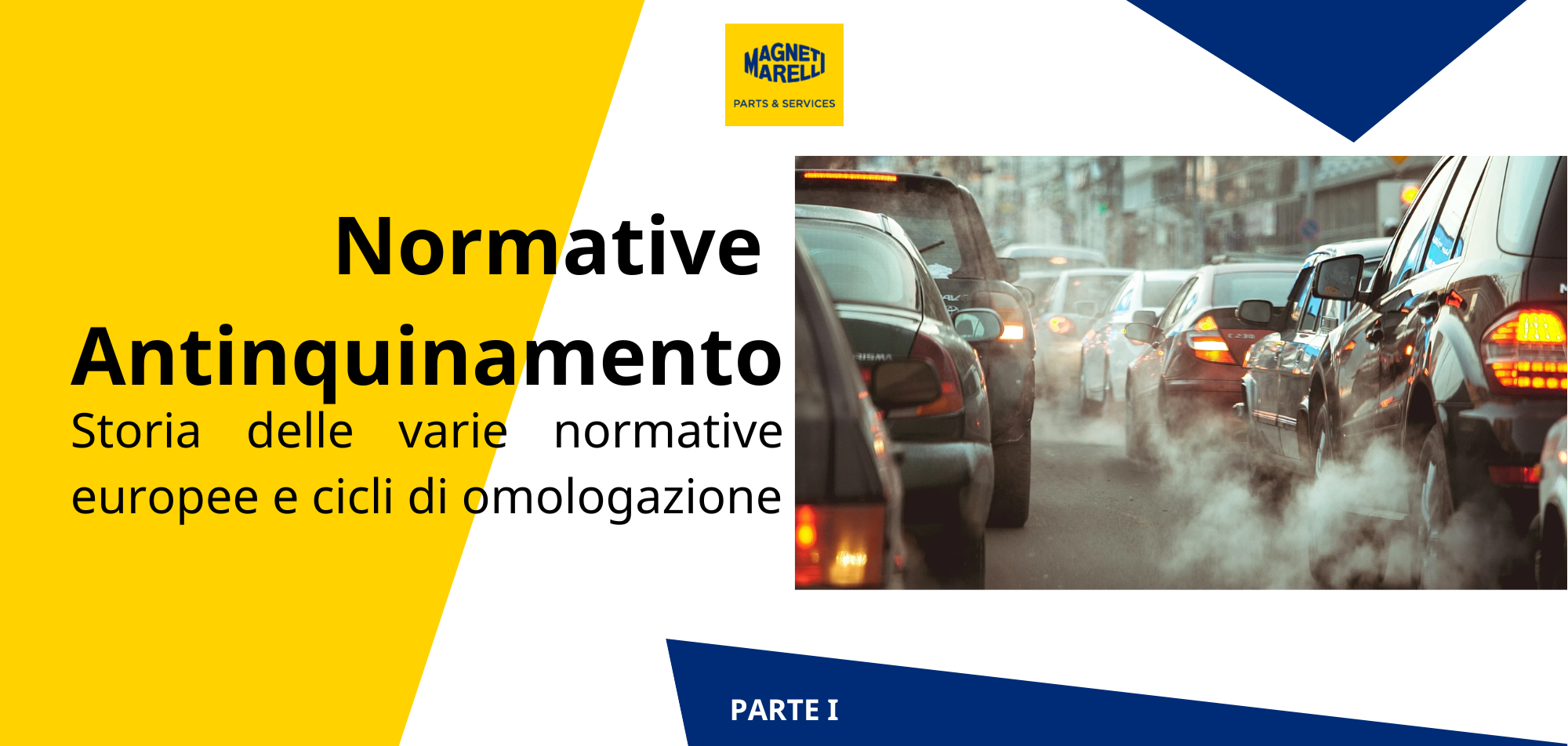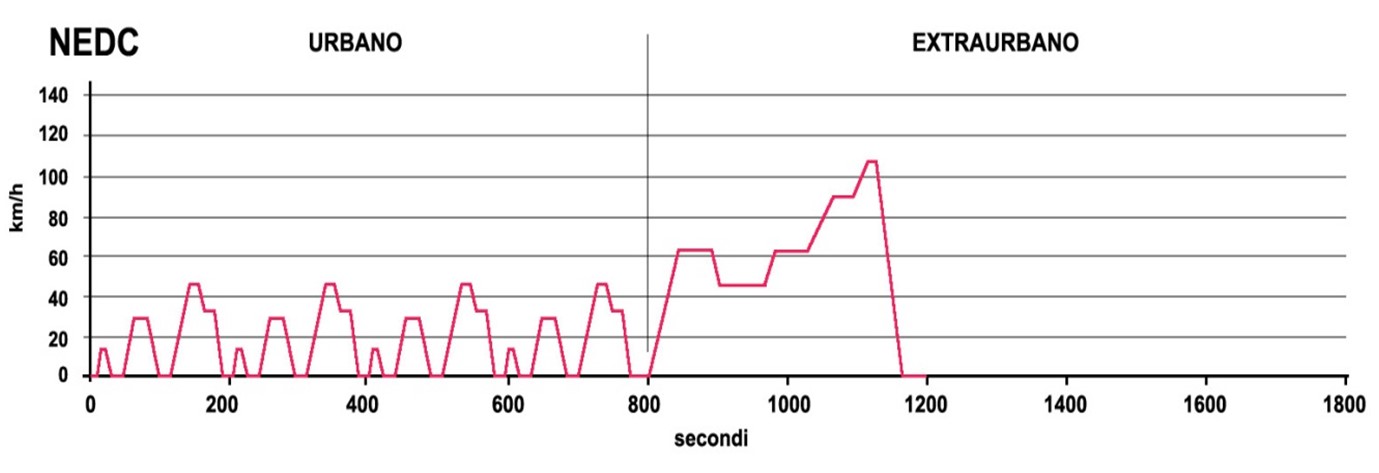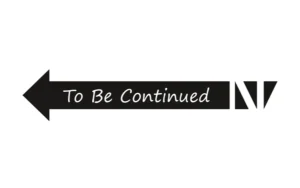From Automotive Anti-Pollution Regulations to Fit For 55 - Part 1

In this series of articles, we intend to offer an insight into the current automotive landscape following the updates in the anti-pollution regulations that are part of the European decarbonisation programme 'Fit For 55'. Cross-cutting issues in the automotive world such as BER regulation and alternative fuels as well as a historical overview of EURO regulations and vehicle type-approval cycles will also be covered.
MVBER: Motor Vehicle Block Exemption Regulation
EU Regulation 1400/2002, known as "BER Regulation' or 'Monti law', extended in 2010 as EU Regulation 461/2010, defined some key points for all independent aftermarket operators:
- Possibility for independent repairers to carry out maintenance and repair work on vehicles even within the legal guarantee period;
- Possibilities for automotive component manufacturers to self-certify their products equivalent to the original;
- Access to technical information of the builders.
All service checks in the maintenance booklet (including the first one) and routine repairs can therefore also be carried out at independent garages that comply with the following rules:
- Exclusive use of spare parts of equivalent quality to the original;
- Scrupulous respect of precise instructions and accurate procedures dictated by the vehicle manufacturer itself for its proper maintenance and repair;
- Correct documentation of interventions performed and checks carried out (stamp in the maintenance booklet).
The expiry of EU Regulation 461/2010, scheduled May 2023was susceptible to extension upon the European Commission's judgement that a condition of real and fair free competition had not been achieved in the sectors of production and distribution of car spare parts and after-sales services between all operators involved (OE and Aftermarket).
To assess the state of the market, the European Commission commissioned Ernst & Young to conduct a market analysis based on a questionnaire sent to 60,000 European operators.
Based on the data gathered, the European Commission has decided to extend the current regulation by another 5 years, until May 2028. highlighting the need to update the guidelines according to technological developments, which will be released in a new text expected in the second quarter of 2023. Among the points that need updating:
- Access to technical information;
- Vehicle assistance during the warranty
- Regulation vertical agreements
- Greater focus on cybersecurity
EURO anti-pollution regulations
Over the years, the European Community has set a series of increasingly restrictive standards on pollutant emissions from vehicles. To do this, it has issued several directives regulating this issue and identifying the categories to which the various means of transport belong. The registration certificate of each vehicle contains the necessary references to know which category it belongs to. This depends on which EURO standard has been applied by the manufacturer to that vehicle.
European regulations on vehicle emissions since 1992 have placed increasingly strict limits on chemical pollutants.


Until EURO 3, emissions abatement could be tackled for petrol engines by the trivalent catalytic converter and for diesel engines by the oxidation catalytic converter.
EURO 4 and the subsequent EURO 5 introduced more restrictive limits on NOx and PM10 particulate emissions, typical of diesel engines, for which filtering systems (DPF) were developed to trap emitted dust and specific catalysts to treat nitrogen oxides (SCR). The adoption of these devices has made the systems associated with engine operation more complex and costly, as well as the management of diesel engines by the user (refuelling with AdBlue).
From Dieselgate to WLTP testing with RDE
The Dieselgate scandal, which erupted in the second decade of the 2000s, provided the impetus for the definition of new methodologies for checking vehicle pollutant emissions. Parameters for the instrumental measurement of pollutants under laboratory conditions were redefined and a new test (RDE) for measuring emissions on the road was introduced. These regulatory tightenings were applied to the Euro 6 standard, which initially took the name EURO 6c to become in September 2017 EURO 6d-temp and from January 2020 EURO 6d.
- NEDC cycle
Until August 2017, the pollutant emissions and fuel consumption of new cars were certified according to a laboratory-simulated driving cycle called NEDC (New European Driving Cycle).

The NEDC cycle consists of the repetition of 4 cycles simulating an urban route with a maximum speed of 50 km/h and 1 extra-urban cycle with a maximum speed of 120 km/h. The NEDC cycle lasts 1180 seconds, which is equivalent to a distance of 11.023 km. The NEDC cycle is carried out in the laboratory at a temperature of around 22 °C, and includes predefined gear shift points for cars with manual transmission, while in the case of vehicles with automatic transmission they are defined by the manufacturer's management software. The NEDC cycle has been applied up to the EURO 6b revision.
- WLTP cycle
As of 1 September 2017, the new European regulations provide for a new emission measurement cycle called WLTC (Worldwide Harmonised Light Vehicles Test Cycles), part of a globally shared test procedure (WLTP).

The WLTP test is carried out in the laboratory, involves acceleration and higher speeds, and lasts 30 minutes and 23.27 km. The measurement of pollutant emissions is to be carried out on several fittings of the same car model in order to assess the impact of additional systems on emissions. The WLTP cycle was applied with the EURO 6c revision. With the EURO 6c revision, the reference values for pollutants were not further restricted, while the WLTP test cycle, which is more closely tailored to real-world driving conditions, required the adoption of specific devices to contain the resulting excess emissions.

- The road test: RDE
For a more realistic assessment of the measurement of nitrogen oxides NOx and particulate matter PM10, the EURO 6d standard provides for a road test in addition to the WLTP laboratory test RDE carried out with in-vehicle instrumentation PEMS. The test can be carried out on any route that complies with altitude and driving procedure constraints. The results obtained with the RDE road test are compared with those obtained in the laboratory with the WLTP cycle. To account for more realistic conditions than those simulated in the test, the NOx and PM10 emission values measured on the road are increased by a multiplication factor:
- EURO 6d-temp: To make the application of the RDE test to vehicles already conforming to EURO 6c less critical, the multiplication factor (conformity factor) was initially set at 2,1. That is to say, NOx and PM10 emissions can reach the 110% in addition than those obtained in the laboratory.
- EURO 6d: As of 1 January 2020, the multiplication factor (conformity factor) applied to newly type-approved cars is 1,5. That is to say, NOx and PM10 emissions can reach the 50% extra than those obtained in the laboratory.

End of part 1. Stay tuned.

This content is reserved to Checkstar network workshops.
Log in to see the content!Are you already part of our Community? Login